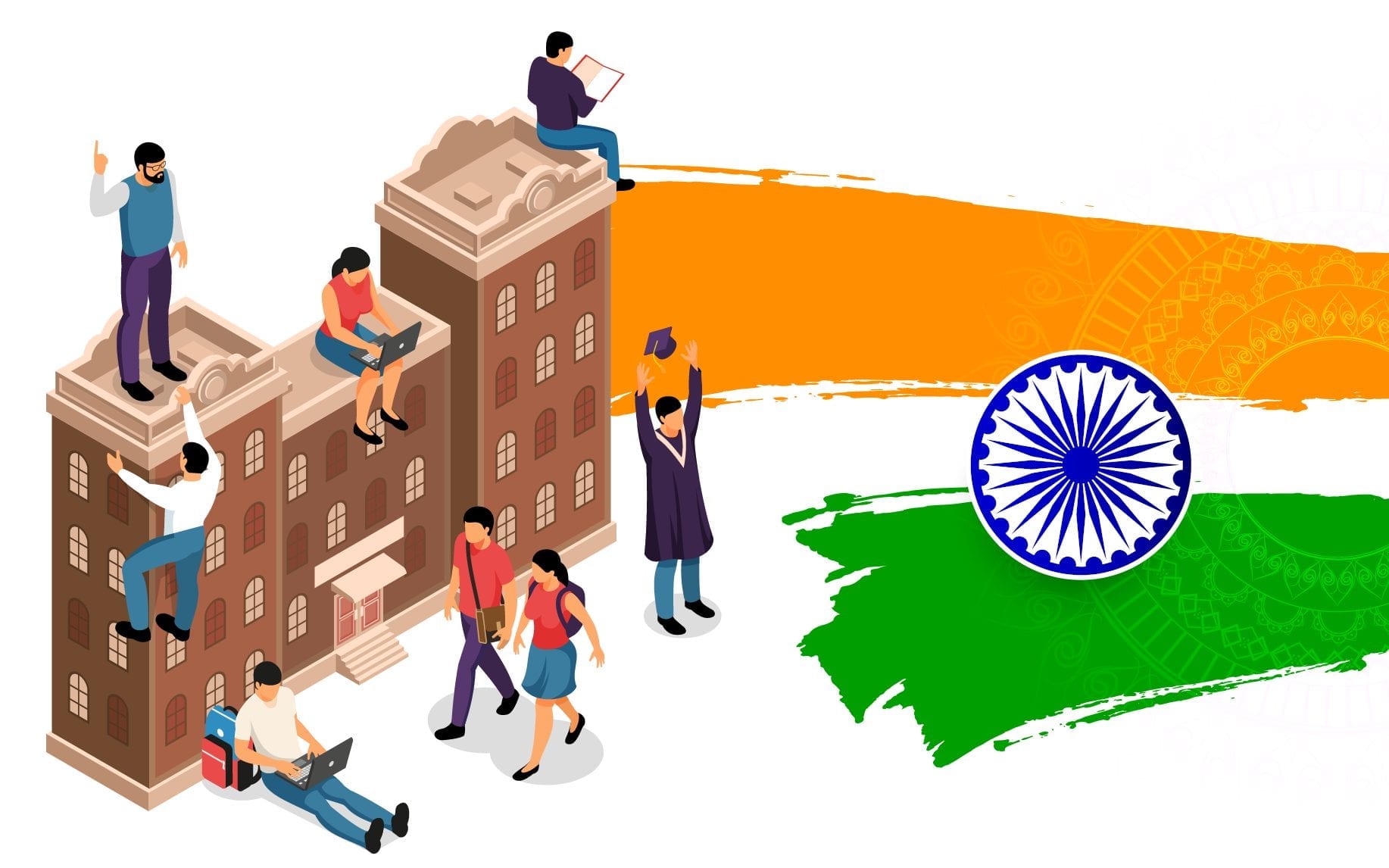The Indian education system has gone through many phases in evolution which are deeply rooted in the chronology of the Indian subcontinent. The 2020 National Education Policy has helped reshape the educational landscape of the country, which was very much needed. Εith education being the key to building a nation, India’s legacy of Gurukuls alongside modern policies has built a strong foundation for growth and development that encourages innovation. In this essay we will focus on the development of the Indian education system and the changes that were brought in by NEP 2020.
The Gurukul System: The Starting Point of Indian Education
Gurukul systems was the period of Vedic education from 1500 – 500 BCE the first ever formal education system in India. As per this scheme –
- The students, known as shishyas, would take shelter at ashrams alongside their gurus, who taught them myriad subjects through oratory.
- Learning included Vedas as well as philosophy, math, stars, war and even medicine. Focus was laid on overall enhancement, including morality, physicality and intelligence.
- All these subjects were mainly taught to Brahmins and Kshatriyas, or upper class males.
The Influence of Buddhist and Jain Education
With the birth of Jainism and Buddhism around 6th Century BCE came the introduction of formal institutes of education. The construction of Takshashila, Nalanda and Vikramshila, which served as Buddhist center of monastic learning, significantly advanced the pedagogy of the region. These facilitated the growth of logic, grammar, medicine, arts and further attracted students all over Asia.
Middle Ages: The Islamic and Mughal Influence
The Islamic education greatly impacted the Indian education system during the middle ages (from 8th to 18th century) due to the construction of madrasas and maktabs. Under the rule of Mughal, Persian language was given utmost importance, leading to the construction of several institution, madrasa e nizamia within Delhi. The subjects that were taught included Theology, Law, Science, Literature and more.
British Colonial Education: The Beginning Of Formal Schooling
Britain started an education system in India with Lord Macaulay’s English Education Act of 1835. The features of colonial education included the following:
- Setting up of English-medium schools and universities like Calcutta, Bombay and Madras Universities in 1857.
- Focus on rote memorization and theoretical approaches rather than practical skills.
- The curriculum was oriented for producing supervised British administrators, not intellectuals.
- Education was largely inaccessible to the population, concentrating on elite sections.
Post-Independence Reforms: Towards Universal Education
Post independence in 1947, India emphasized the development of education. Several significant reforms were introduced:
- The Right to Education (RTE) Act (2009) made elementary education free and compulsory for children aged 6–14.
- The University Grants Commission (UGC) (1956) was established to govern higher education.
- The National Policy on Education (NPE) 1968 & 1986 focused on modernization, vocational training, and expansion of higher education.
National Education Policy (NEP) 2020: A Transformative Reform
NEP 2020 is a landmark reform that looks to make Indian education holistic, flexible, and globally competitive. The key features are as follows:
- New School Structure (5+3+3+4): Replaces the old 10+2 system with a more structured approach covering foundational, preparatory, middle, and secondary stages.
- Focus on Early Childhood Education: Play-based learning for children between 3 to 8 years of age.
- Multilingual Education: Regional languages as a medium of instruction till Grade 5.
- Skill-Based Learning: Encourage coding, vocational training, and actualization of knowledge from an early stage.
- Flexibility in Higher Education: Multiple Entry and Exit System (MEES) through which students can gain certificate, diploma, or degree at multiple points in time.
- Elimination of Rigid Streams: Elimination of rigid streams such as arts, science, and commerce. Students are now able to opt for diverse subjects without losing significance.
- Increased Digital Learning: Increased use of technology-driven education through available platforms DIKSHA and SWAYAM.

The Indian education system has traversed from the gurukul tradition to modernized digital learning. It has transformed with each evolution, keeping its original richness of knowledge and wisdom. NEP 2020 signifies an ideological shift in the direction of a more holistic, inclusive, and skill-oriented education system, preparing students for challenges in the 21st century. As India moves forward, continuous efforts in implementation and infrastructure development will be crucial to realizing the full potential of these reforms.


